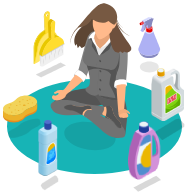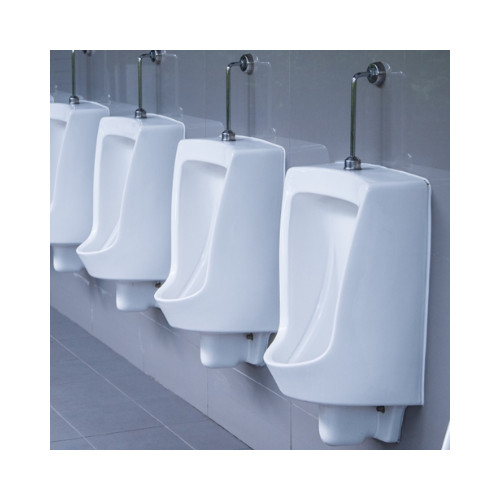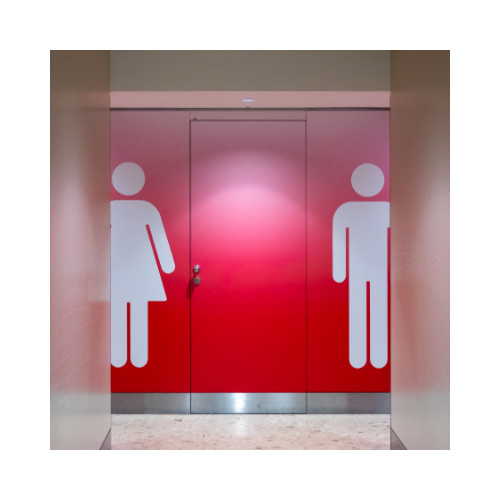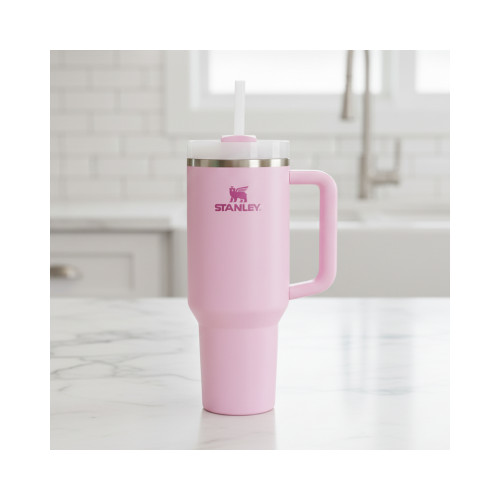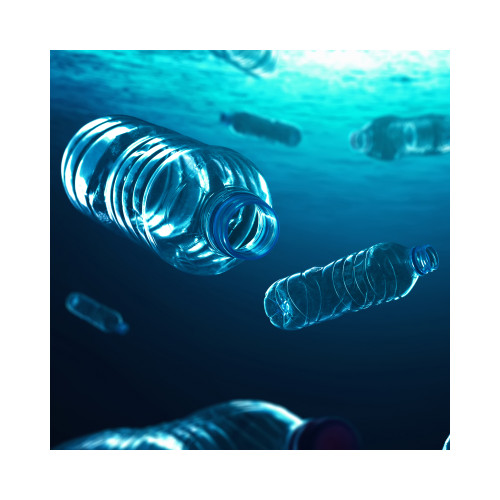
Busting Cleaning Jargon - The Lexicon of Cleaning
Embark on a sparkling journey through the magical world of cleaning with our little glossary. From enchanting acids to mystical emulsification, we've conjured up a spellbinding collection of cleaning terms to illuminate your home cleaning adventures. So, put on your cleaning capes, and let's dive into the captivating lexicon of cleanliness!
Our Cleaning Jargon Glossary
- Acid: A substance with a pH less than 7, often used for removing mineral deposits or stains.
- Alkaline: Cleaning agents with a high pH level, effective in removing grease and oils.
- Antimicrobial: Agents that inhibit the growth of microorganisms, preventing the spread of bacteria, viruses, and fungi.
- BICSc (British Institute of Cleaning Science): A professional organisation providing education and certification for cleaning industry professionals.
- BIFM (British Institute of Facilities Management): A professional association for facilities management, addressing various aspects of building and workplace maintenance.
- COSHH: COSHH stands for Control of Substances Hazardous to Health. It is a set of regulations and guidelines designed to protect the health of workers and others from the potential hazards of exposure to substances used in the workplace.
- Detergent: A cleaning agent that removes dirt and grease, often used in your washing machine.
- Descaler: A product designed to remove limescale deposits from kettles, coffee machines, and other appliances.
- Emulsify: Breaking down and dispersing oils and fats in water, making them easier to clean.
- Green Cleaning Products: Environmentally friendly cleaning products that have minimal impact on the environment.
- Hypoallergenic: Products designed to minimise the risk of allergic reactions, suitable for individuals with allergies or sensitive skin.
- Enzyme Cleaners: Cleaning products containing enzymes that break down and digest organic stains like blood or pet messes.
- Feather Duster: A cleaning tool with soft feathers for dusting surfaces.
- Fogging: Applying a fine mist of cleaning solution to surfaces, often used for disinfection.
- Germicide: A substance that kills or inhibits the growth of germs, bacteria, and other microorganisms.
- Glass Cleaner: A specifically formulated cleaner for streak-free cleaning of glass and mirrors.
- Hazardous Waste: Waste materials that pose a risk to health or the environment, requiring special disposal.
- HEPA Filter: High-Efficiency Particulate Air filter that traps fine particles, improving air quality during cleaning.
- Mould: A type of fungus that can grow in damp conditions, often requiring specialised cleaning methods.
- Neutral Cleaner: pH-balanced cleaning solution that is neither acidic nor alkaline, suitable for a wide range of surfaces.
- Oven Cleaner: A specialised cleaner designed to remove grease and baked-on grime from ovens.
- pH Scale: Measurement scale indicating the acidity or alkalinity of a substance; pH 7 is neutral.
- Quaternary Ammonium Compounds (Quats): Disinfectant compounds commonly used in cleaning products to kill bacteria, viruses, and fungi.
- Residue: Leftover material or film on surfaces after cleaning, often undesirable.
- Rinse Aid: A liquid additive for dishwashers to prevent water spots and enhance drying.
- Sanitise: The process of reducing the number of microorganisms to a safe level, often through cleaning or disinfection.
- SDS/MSDS: SDS stands for (Material) Safety Data Sheet. It is a document that provides detailed information about the properties of a chemical product.
- Tannin Stains: Stains caused by substances like coffee, tea, and wine, requiring special treatment for removal.

Conclusion
In conclusion, we have endeavoured to compile an extensive list of cleaning jargon, shedding light on the intricacies of this often overlooked realm. Armed with this newfound knowledge, we trust that you now possess a comprehensive understanding of the cleaning lexicon.
As you embark on your cleaning endeavours, envision a path illuminated by the brilliance of a freshly polished surface, and may your ventures be marked by the triumph over any cleaning gobbledygook that comes your way.
Go forth, brave reader, into a world where clarity reigns, armed with the linguistic prowess to navigate the diverse landscape of cleaning terminology. May your cleaning adventures be not only fruitful but also as radiant as the gleam on a meticulously maintained surface.
Stay Connected
Stay connected and be the first to know about our latest products, special offers, and exciting news:The Cleaning Blog
Want to learn more about cleaning? From the latest cleaning and hygiene news to handy how-to guides, why not check out our most popular blog categories.Stay Connected
Stay connected and be the first to know about our latest products, special offers, and exciting news: